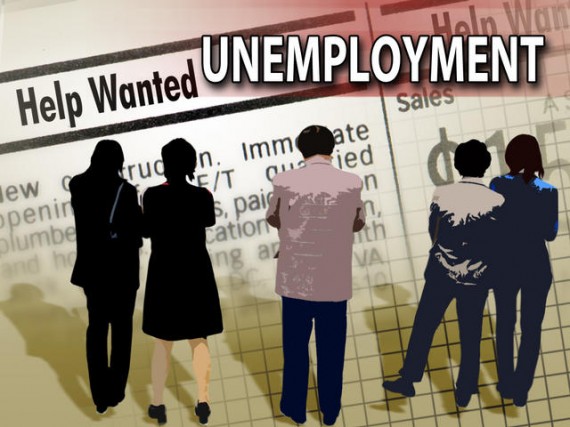Weak Employment Report Points To Weak Recovery
The unemployment report for May, released this morning, reflects the fact that the economy is still a long way from the kind of recovery that will actually put people back to work:
Employers added 431,000 nonfarm jobs nationwide in May, the biggest increase in a single month since the recession, the Labor Department said Friday. But the bulk of the growth was in government jobs, driven by hiring for the Census, and private-sector job growth was weak.
The unemployment rate fell to 9.7 percent nationwide, from 9.9 percent in April, the department said.
The figures for May represented the fifth consecutive month that payrolls have risen, but fell below analysts’ expectations that 540,000 jobs would be added to the economy.
The shortfall was immediately reflected in futures trading in the Wall Street stock indexes, with the Dow Jones industrial average expected to open almost 2 percent lower.
Altogether, 411,000 of the jobs added were for Census workers whose positions will disappear after the summer.
The net gain in government jobs was 390,000, while the private sector added only 41,000.
In April, nonfarm payroll employment grew by 290,000, but the unemployment rate rose nevertheless to 9.9 percent because of a surge in the labor force.
The economy has to add more than 100,000 jobs every month to absorb the new entrants to the market. And they are joining a labor pool that is already swollen with 15 million Americans looking for work.
More than eight million people have lost their jobs since the start of the recession in December 2007.
And the trends from month-to-month aren’t good at all:
Outside the census, hiring slowed significantly from the prior months. The dominant services sector, saw payrolls increase 37,000 after surging 156,000 in April. The goods producing sector created only 4,000 new jobs following 62,000 jobs in April. This was as construction employment fell 35,000 after gaining 14,000 in April.
Recruitment for the population count saw government employment rising 390,000, overshadowing the drag from jobs cuts in cash-strapped states and localities.
Additionally, the U6 unemployment rate, which is the broadest measure of unemployment and includes those who have simply given up looking for a job and part-time workers who would prefer to work full-time stands at 16.6%, down from last month but still incredibly high.
The lack of significant job growth in the private sector is a sign that the recovery, to the extent it exists, is incredibly weak and that employers are still not willing to take the economic risk of hiring additional workers. As long as that’s the case, we’re likely to see the unemployment rate stay well above nine percent for some time to come. Politically, that’s nothing but trouble for President Obama and the Democrats.

